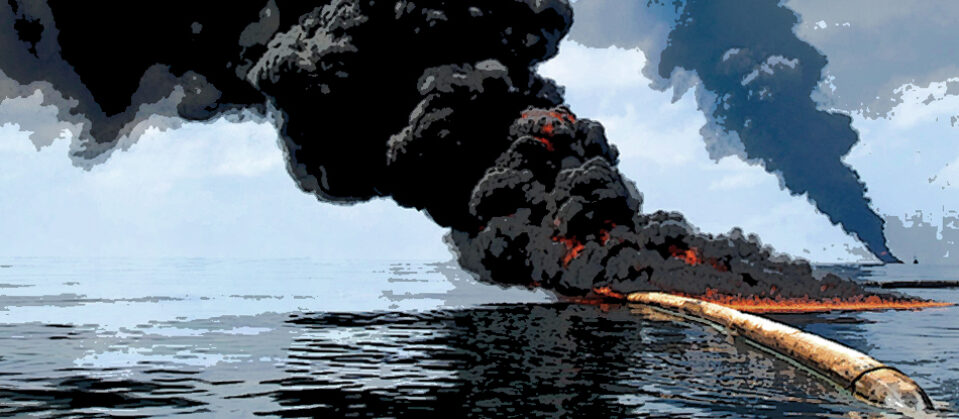Leadership in a Crisis
David J. Hayes (Past Executive Director) / April 16, 2020

With the 10th year anniversary of the Gulf oil spill disaster coming up in a few days, many are writing about lessons learned from that tragedy. Have deepwater drilling safety concerns been adequately addressed? How effective were cleanup efforts, and is the Gulf of Mexico healthy again?
Important questions, certainly. But there’s another angle to the story. It is about the withering leadership challenge that the Deepwater Horizon crisis presented to the U.S. government in 2010 as, for months, a mile-deep hole in the Gulf of Mexico spewed massive amounts of oil into the ocean and no one had a clue how to stop it.
During those months, the Gulf oil spill commanded the undivided attention of the President, his top team, and literally thousands of federal career workers in a half-dozen agencies. I had a ringside seat as I participated (as Deputy Secretary of the Interior Department, the agency responsible for offshore oil drilling) in what was, at first, a herky-jerky effort to get a handle on the rapidly-spreading, seemingly-unstoppable, massive oil spill.
But with the President, the relevant Cabinet officials and “deputies” group working hand in glove with internal and outside experts, soon joined by Admiral Thad Allen — appointed as National Incident Commander for his superb organizational and leadership chops — an effective battle plan was developed, and implemented.
The leadership playbook employed during the Gulf oil spill should be required reading for all major crises. In particular, I hope that our next President will apply it to the climate crisis. The climate crisis is a slow motion version of the disastrous Gulf oil spill, but with even higher stakes. It presents a mighty leadership challenge. (The same can be said for today’s COVID-19 crisis, but that ship has sailed).
Here are three leadership lessons from the Gulf oil spill that should be top of mind when attacking the climate crisis.
First, take decisive, near-term actions that acknowledge and reinforce the seriousness of the crisis. Within days of the Gulf blow-out, President Obama halted all deepwater drilling activity in the Gulf and imposed a moratorium that was not fully lifted until the industry put in place a new suite of required emergency response capabilities. In the midst of the crisis, the failed regulatory apparatus at my former agency was dismantled (the Minerals Management Service), reorganized and empowered to prioritize safety and enforcement.
Second, identify the world’s best scientists and technical experts and give them whatever resources they need to address the crisis. President Obama did that, to great effect. It helped to have a world-class science bench that included Nobel Prize winner Steven Chu, National Academy of Sciences President Marcia McNutt and many others.
Third, create an effective whole-of-government management team, coordinated by the White House, to organize and oversee the multiple workstreams required to respond to the crisis. In the early stages of the Gulf oil spill, the President, his National Security Council, key Cabinet officials and his energy team met regularly. National Security Council head John Brennan chaired twice-weekly “deputies” meetings with me and my fellow Cabinet Deputy Secretaries. Later, Thad Allen scaled up a massive military-style response effort that included multiple Incident Command Posts in the Gulf region.
We need to treat the climate crisis with the same level of intensity and management attention that the oil spill demanded in the summer of 2010. This President is uninterested in the subject. The next President needs to treat the climate crisis as the five-alarm fire that it is.
This page was updated on April 16, 2024 to better meet our accessibility standards. To see the page as it was initially published, click here.
